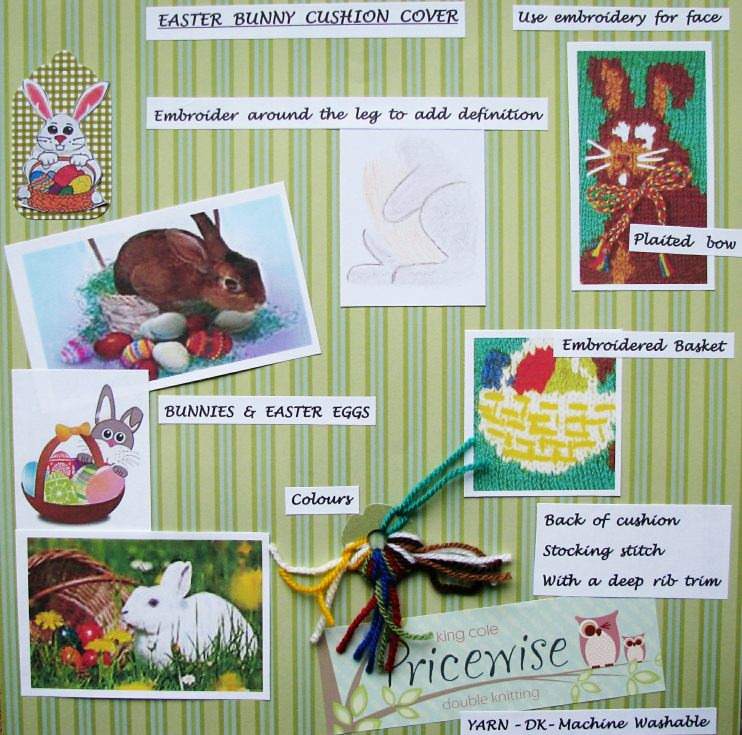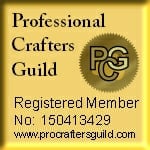Cross Stitch Basics - Tools & Equipment
Posted on
Needles
As with all needlecraft it is important to use the correct needle. When working cross stitch it is important to use a tapestry needle for the basic stitch. This is because the needle has a blunt tip, and a large oval-shaped eye. The blunt tip pushes aside the fabric threads when stitching instead of piercing them, helping keep stitches more uniform and properly placed, and reducing the risk of damage to the fabric.
The most commonly used needle sizes are 24 for aida and 26 for evenweave (see my blog on cross stitch needles for a more detailed breakdown)
When adding finer details, such as French Knots and backstitch it is often easier to switch to a sharp embroidery needle. This is also the case when working fractional stitches on aida as you need to pierce the fabric.
Discard any needles that are showing signs of rust, or roughened edges, as they will stain and/or damage the fabric.
Scissors
Small, sharp, embroidery scissors are needed, and are not usually expensive. Keep them exclusively for cutting threads as using them for general purposes, such as cutting paper, will reduce the sharpness of the blades.
Magnifiers & Lights
There is a large number of magnifiers and lights available, some products combining both together, some with daylight bulbs. Ultimately any decision on what to buy, if anything at all, will depend, not just on budget, but very much on individual requirements, such as strength of eyesight and most common location and time of day for stitching. Best advice is to consider what is needed and then research available products before buying.
Hoops and Frames
Whilst not essential, hoops and frames are beneficial for all types of stitching where the fabric needs to be kept taut. They provide better tension than if the fabric is hand-held, and help to prevent distortion, especially in linen and evenweave fabrics which are softer than aida. Keeping the fabric under tension also helps give the finished piece a more even appearance and reduces the amount the fabric is handled. Some can also accommodate magnifiers and lights, and again best advice is to consider what is needed and research available products before buying. (see my blog on hoops and frames needles for a more analysis)


